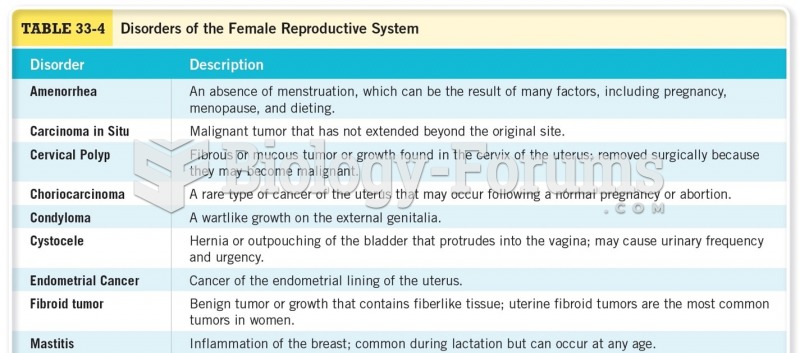Patient is a 33-year-old white female who has suffered from TMJ syndrome for a number of years. She consulted an orthodontist and found that she has cross-bite. In working her up for braces, the orthodontist found that her upper jaw was too small and that he could not guarantee that, the braces would correct the cross-bite. He referred her to an oral surgeon. The oral surgeon's examination showed that the patient's upper jaw was, indeed, too small. He recommended a maxillary corticotomy with rapid palatal expander in order to correct the jaw deformity. The patient agreed to the surgery. Her primary care physician for her pre-op history and physical saw her. He has been treating her for the TMJ syndrome, hypertension, and celiac disease, in addition to the maxillary hypoplasia. She is undergoing the corticotomy today.
First-listed diagnosis: ________
Secondary diagnoses: ________
Fill in the blank with correct word.
Question 2
Ravi is a 67-year-old man who recently moved to the United States from India. He is a retired engineer. He is also a vegetarian and adheres to a strict macrobiotic vegetarian diet. He was seen because of complaints of diffuse skeletal pain and tenderness, particularly in the hip region, and lower back. Physical exam showed he has some muscle weakness and has somewhat of a waddling gait. STAT labs showed an elevated BUN and creatinine, low normal calcium, and a serum inorganic phosphate level that was 5.7. X-rays showed pseudofractures of the left femur.
The physician diagnosed Ravi with senile osteomalacia. He prescribed calcium carbonate, and vitamin D. The patient will undergo a bone biopsy next week to evaluate the presence of renal osteodystrophy.
First-listed diagnosis: ________
Fill in the blank with correct word.







